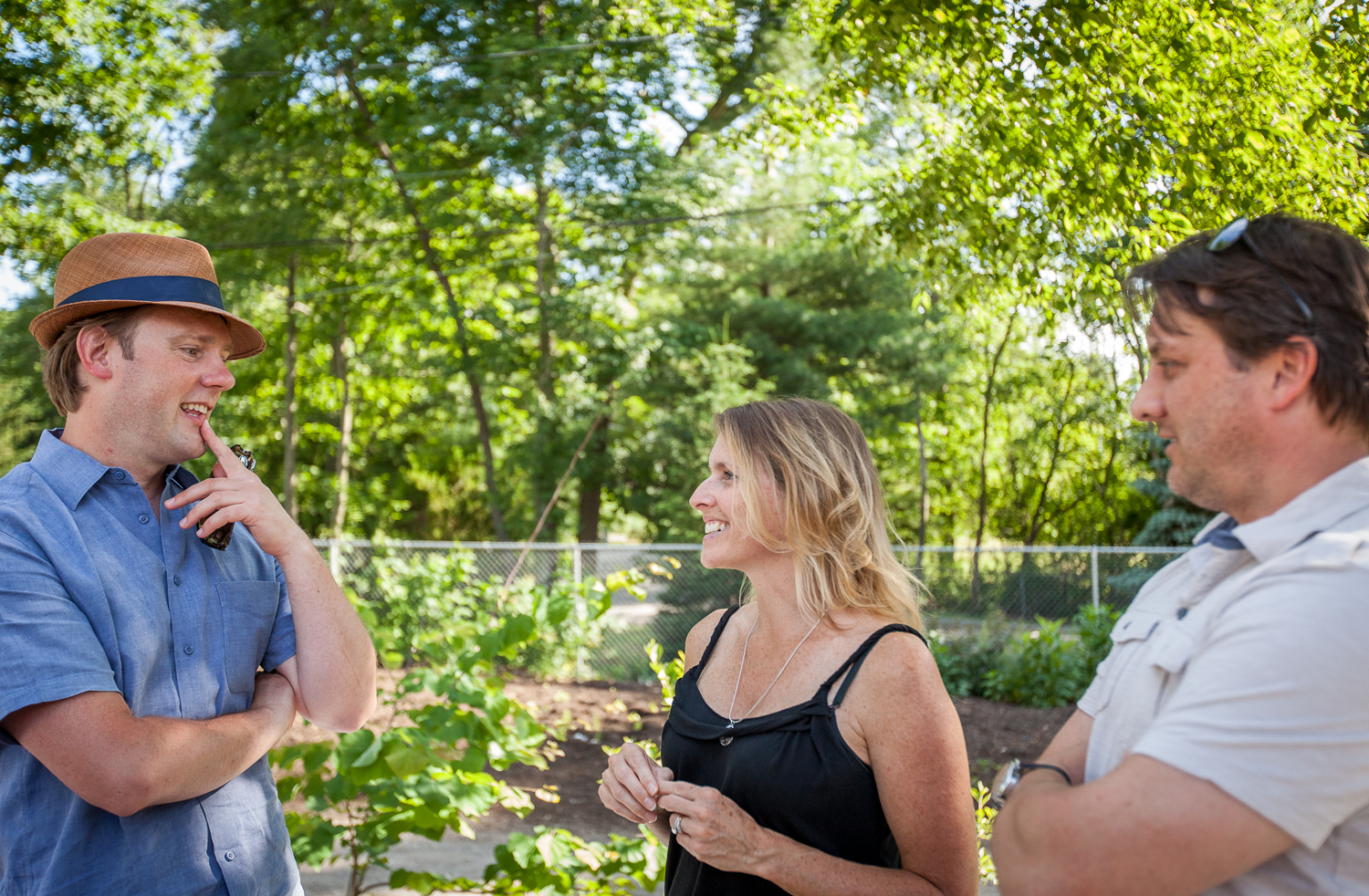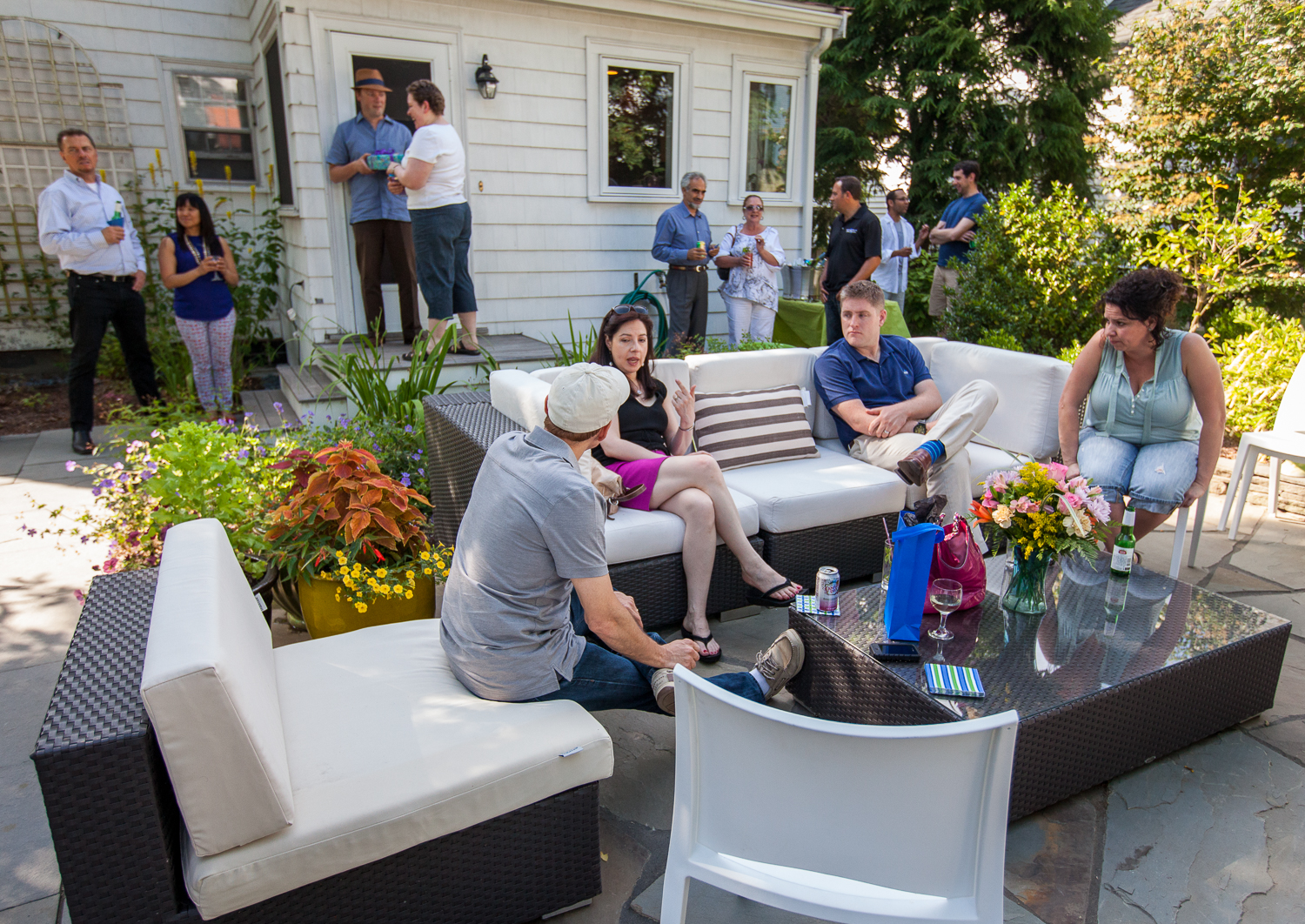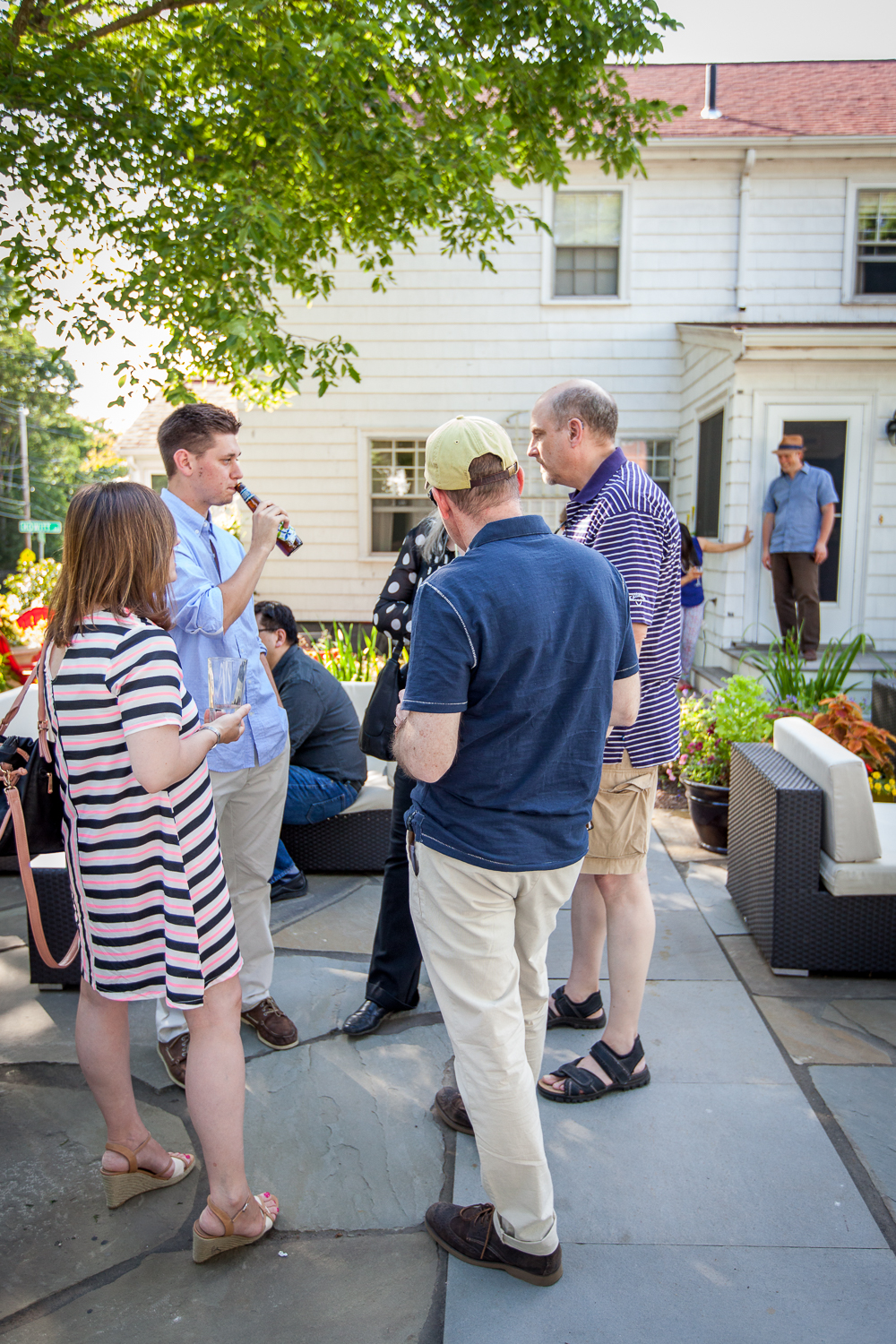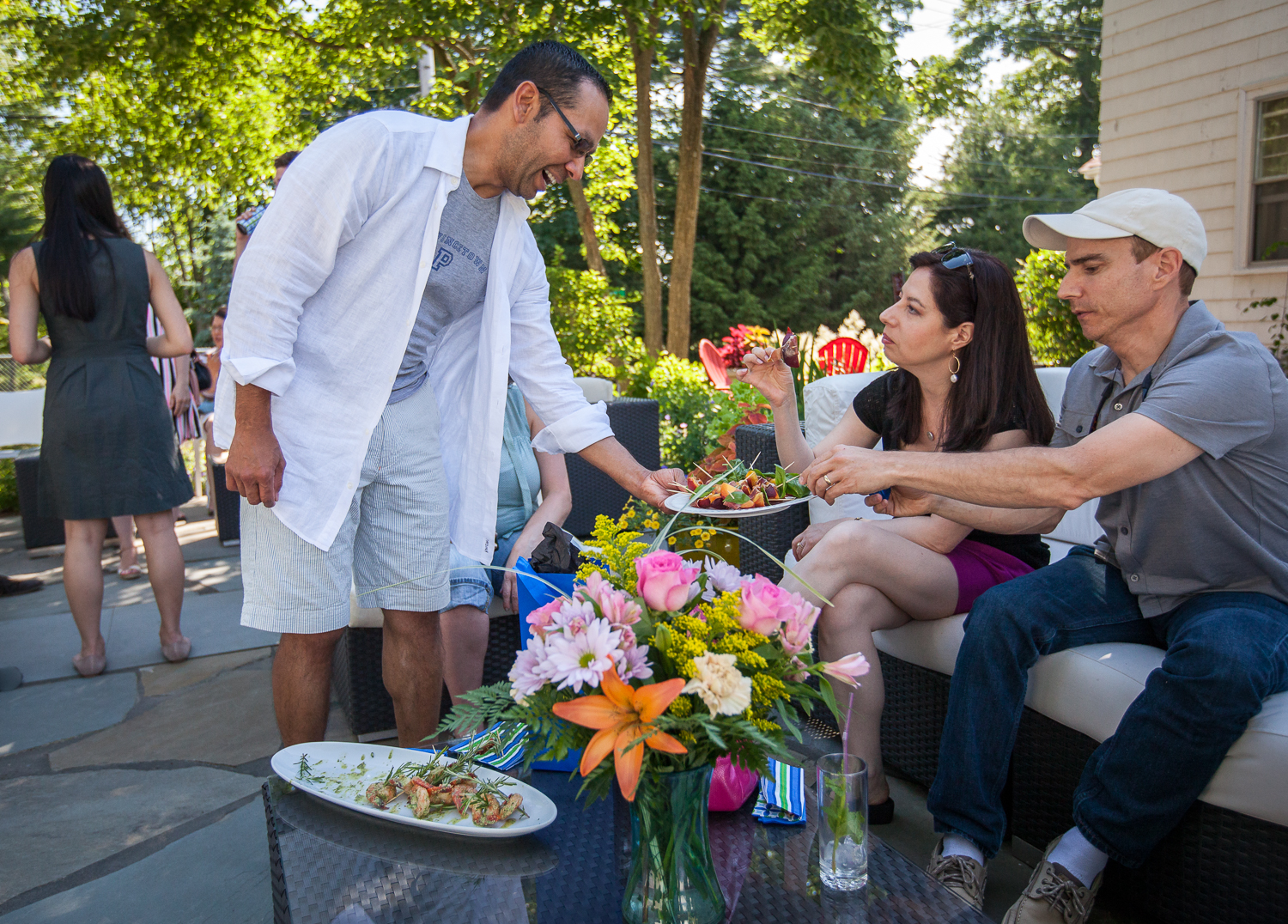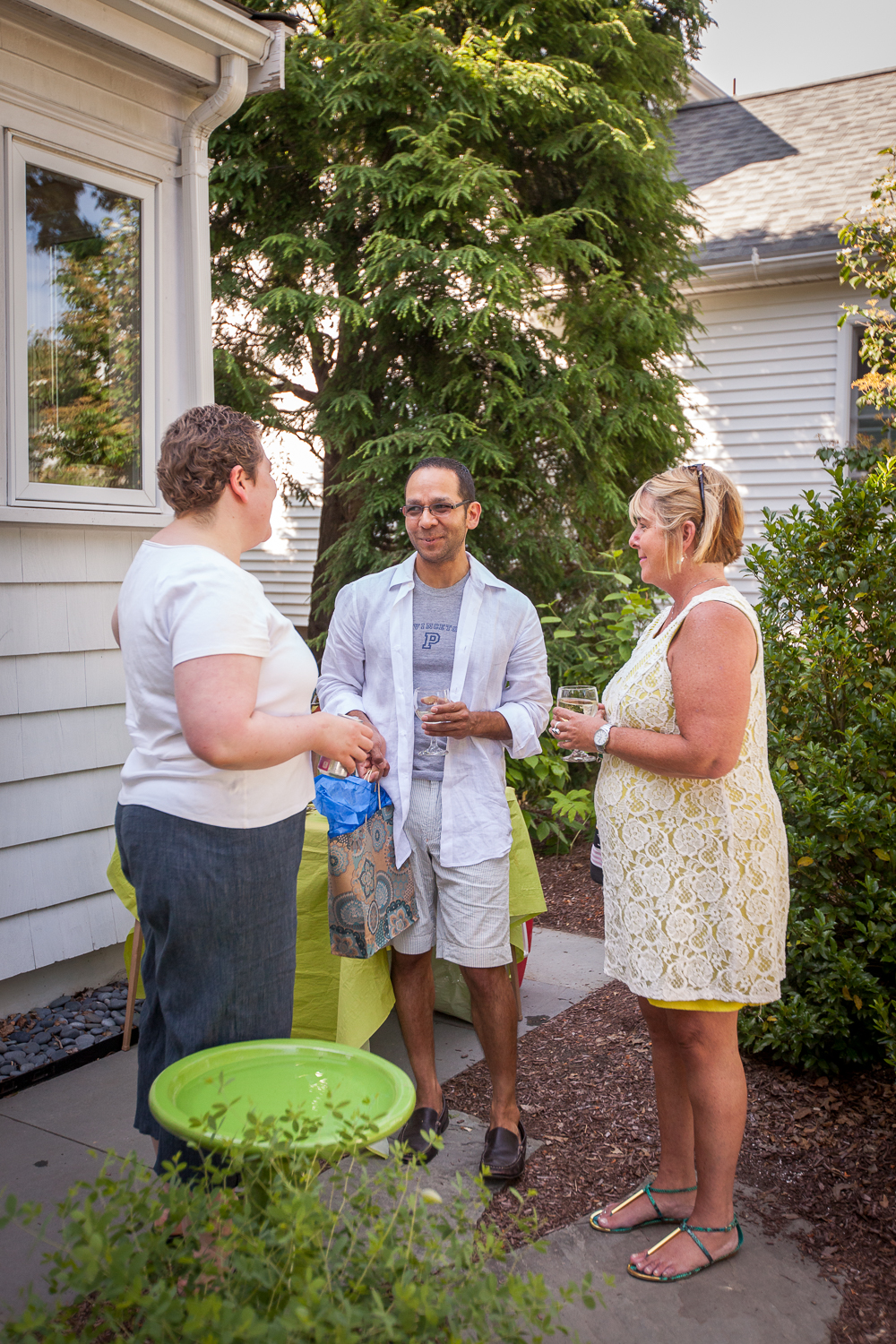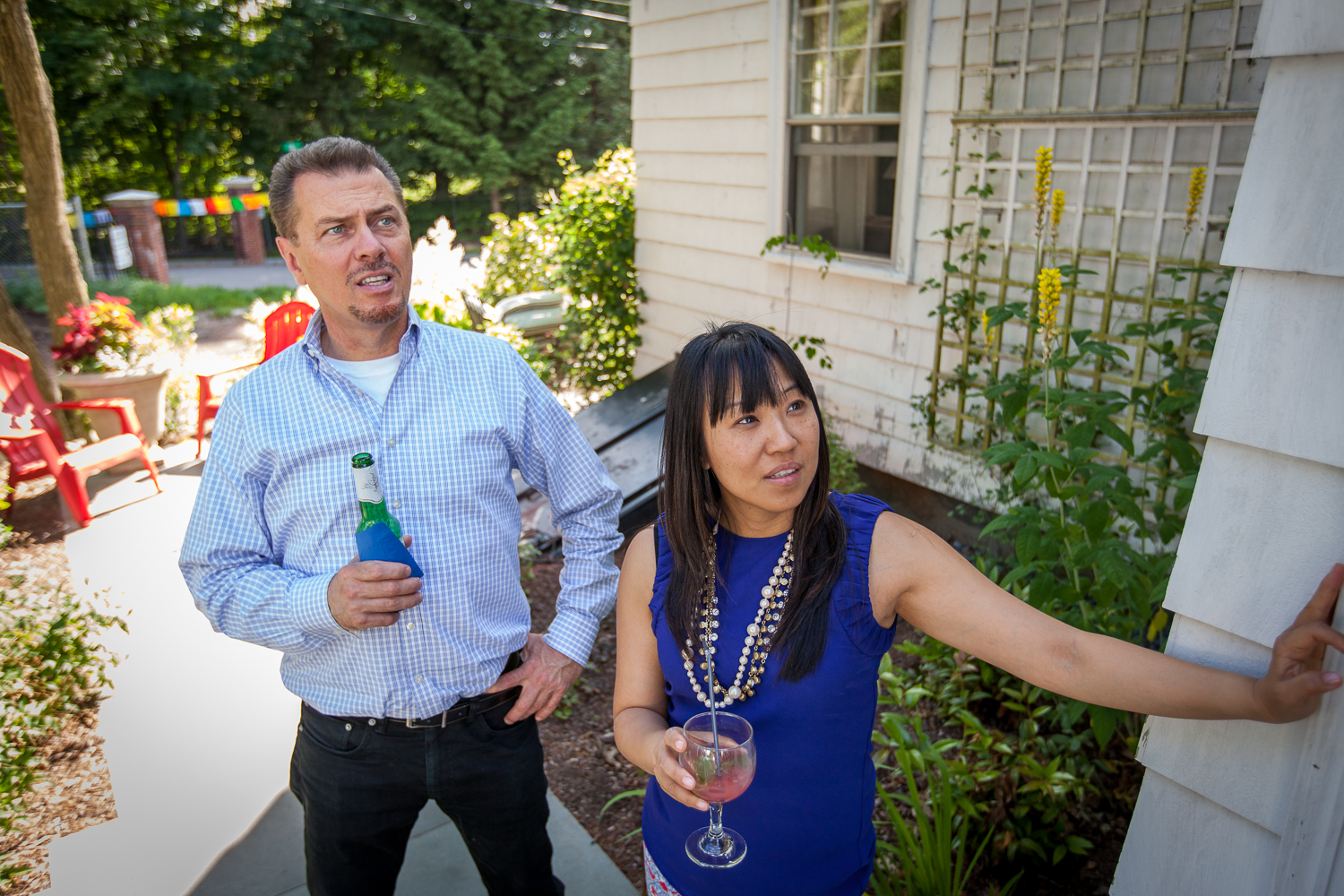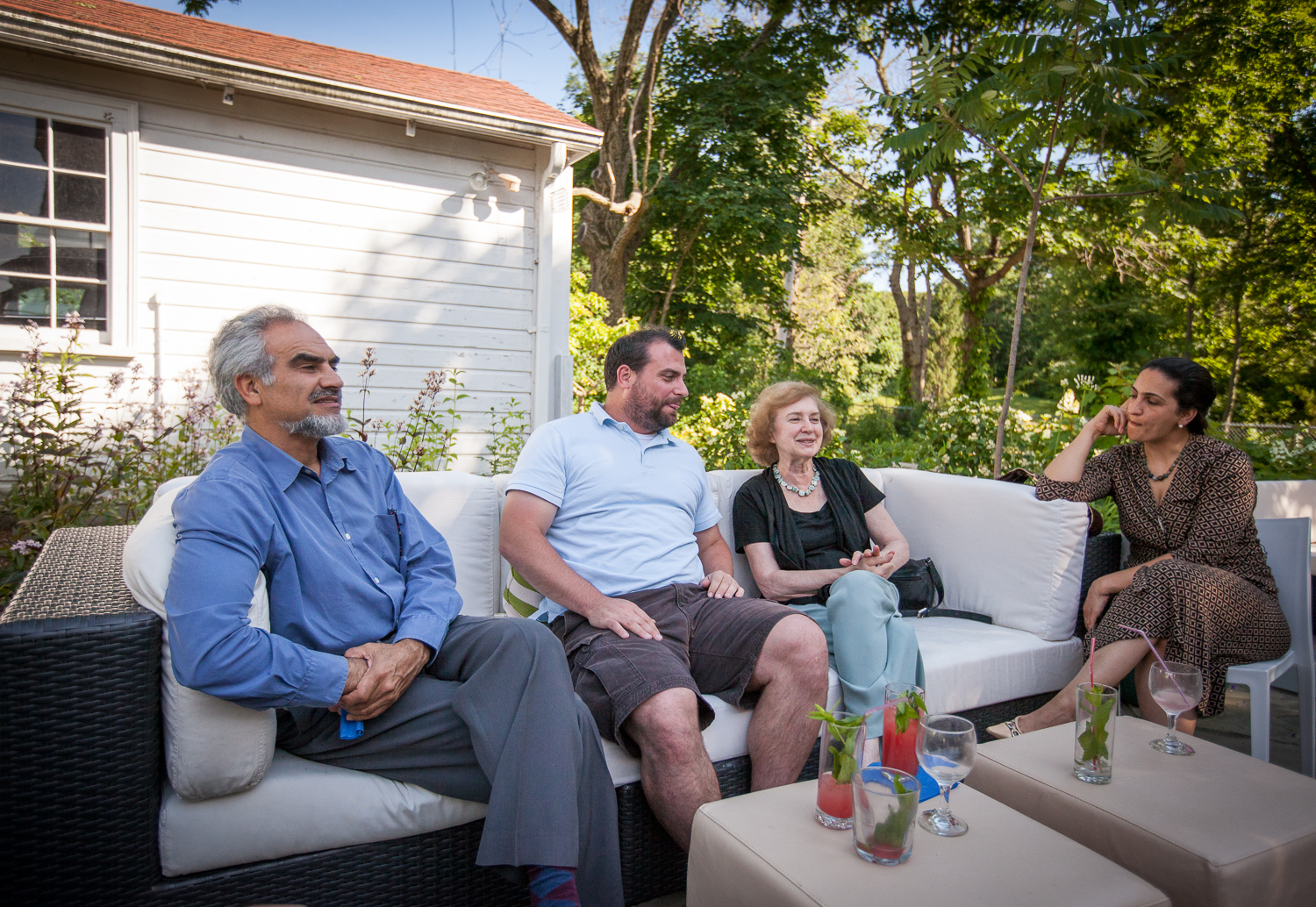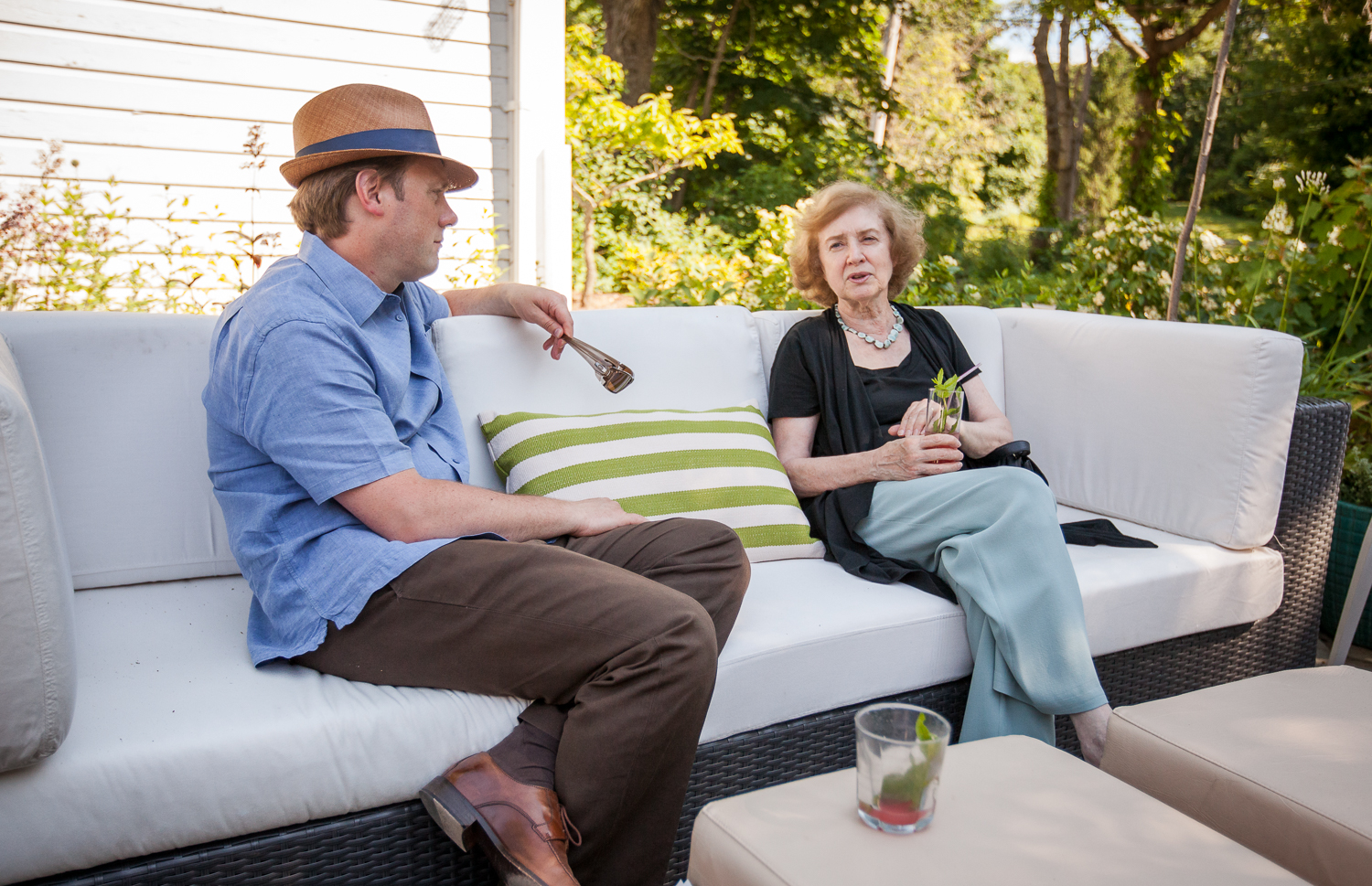When a client wants the best in tile design — backsplash, floor, shower, vanity surround, wall accent — I bring Rene’ Yang Becker into the picture. A design consultant at Tile Showcase in Watertown, she applies her deep and uncanny knowledge of tile and her amazing eye to up a home’s design game — all while keeping the homeowner and the rest of the design team happy. To learn more about how she thinks about tile and brings her talent to bear while working with top-tier designers, I sat down with Rene’ for some insight on her process and what led her to this career.
Daniel: Before we get into the nitty gritty, is there a way you can describe how tile functions in the overall design of a home?
Rene’: People often approach tile as an afterthought, but it’s a critical part of interior design. I mean, yes, you can go to Home Depot and get something very utilitarian that nobody would notice. That’s fine. But tile can make an impact.
Years and years ago I met a contractor who was certified by the Tile Counsel of America. He said to me, ‘Rene’, did you know that when you put tile in a bathroom or over a kitchen sink, you really don’t need it. It’s all decorative. You can waterproof a shower without tile; you can just install a waterproofing membrane.’ It drove home to me that tile’s main purpose is decorative, not protective. So why not lean into that? It has only become more important, not less.
Daniel: How is that?
Rene’: Just think about kitchen trends — bigger kitchens with great lighting, so people want beautiful tile there, too. And you need a lot more of it. There used to be an average of 30 square feet of tile for a kitchen. Now it’s an average of 60 square feet. I’ve done $20,000 kitchen backslashes — not often, but people are really thinking about how the tile can be the art in a space.
Daniel: How do you help clients work up a tile motif that will both serve and augment the overall design sensibility being brought to a home?
Rene’: A homeowner may come in and say ‘I want pink tile.’ That’s very common — for someone to start with the color they’re looking for. Of course, pink looks very different on cement than on ceramic, so that doesn’t get us very far. And there are so many materials to choose from: porcelain, glass stone. And then even within just stone there’s limestone, slate, marble. And there’s mass-produced versus artisanal.
So what I often like to do is step further back and ask a client to just say some words that describe how they want a space to look — glamorous, zen, organic, spa, sumptuous — and then I can begin to understand the kinds of things to show them. If they say ‘organic,’ maybe I’ll show them tile made of pebble, or even hand-poured glass.
Or if they tell me they went on vacation once to the Bahamas or to Morocco and they have wonderful memories of how they felt in those places, I can begin to pull together a motif that will evoke those feelings — something Moorish, or perhaps something beachy. And, of course, the beach on a Caribbean island is going to lead to a different tile than happy memories of the family beach house on the Cape. There’s actually a tangible thing to it. People like to reach out and touch it.
Your home, and even the small spaces in your home like your bathroom — they are your sanctuary. Why shouldn’t you feel in your sanctuary the way that most pleases you?
Daniel: What about mixing and matching different types of tile?
Rene’: I do it all the time. Do you know the reality show Chop? Each chef gets a basket of the same ingredients, and they all make up different combinations, different dishes, different flavors. Tiles are ingredients, and you can put them together differently for different effects.
Daniel: So different tile combinations become like different meals?
Rene’: Exactly! Do you want a very rich dinner? Then maybe it’s an all-marble bathroom — marble on the walls, marble on the floor.
Or maybe you want a ‘lighter’ meal — a marble wall with a marble mosaic that’s offset by a concrete floor with some porcelain. When you ‘cook,’ it’s not just about salt and pepper. It’s herbs. It’s all about layering. And it gets very technical, too.
Daniel: What do you mean?
Rene’: Nobody’s bathroom or kitchen is a perfect square or rectangle. There’s always something going on with a corner or an angle. And you have to think about how the tile is going to terminate, how a border might work. What is the finishing edge going to be?
Daniel: Clearly there’s more to it than meets the eye. How did you get into this field?
Rene’: I have a bachelor of science in interior design from the University of Southern Mississippi in Hattiesburg, which is FIDER-accredited. That was my first stop in the U.S. after moving here from Taiwan. My first job after college was selling rugs in a store affiliated with a design center there. The store also sold tile, and I fell in love with it.
Daniel: What brought you from Hattiesburg to Boston?
Rene’: Hurricane Katrina. My sister was up in Massachusetts already, and Katrina was terribly devastating, so she said, ‘Why don’t you just move up to this area?’ Once I moved to the Boston area, I never looked back.






